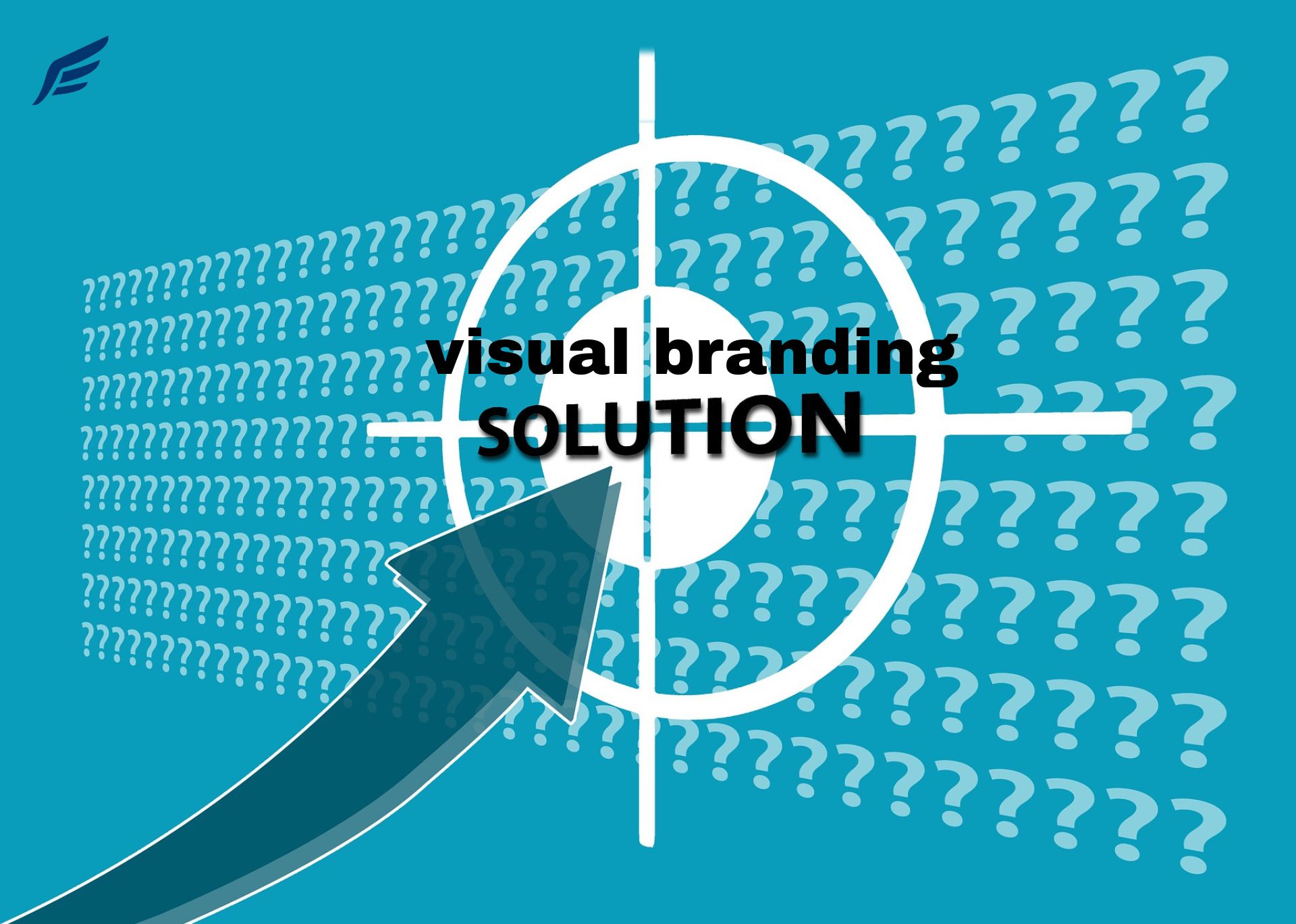Visual branding solutions focus on creating and managing the visual elements that represent a company’s identity, including logos, color schemes, typography, and imagery. These solutions help businesses establish a consistent, recognizable presence that resonates with their target audience and supports their overall brand strategy.
Effective visual branding integrates design across all customer touchpoints, ensuring clarity and uniformity whether it’s a physical sign, packaging, or digital media. This consistency builds trust and strengthens brand recall in a competitive marketplace.
By using tailored visual branding strategies, companies can communicate their values and differentiate themselves clearly. These solutions often combine creative design with strategic planning to meet specific business goals and adapt to changing market needs.
Core Elements of Visual Branding Solutions
Visual branding solutions rely on distinct components that together create a unified and recognizable presence. Each element plays a specific role in shaping how the brand is perceived and remembered by its audience.
Logo Design and Visual Identity
The logo serves as the cornerstone of a brand’s visual identity. It must be simple enough to be recognizable at various sizes but distinctive enough to stand out in a crowded market. Effective logos communicate the brand’s personality and values instantly.
Beyond just a symbol, the visual identity includes consistent use of shapes, styles, and formats that align with the brand’s message. This consistency helps build trust and reinforces brand recognition across multiple platforms.
A strong logo integrates well with other visual elements, ensuring the brand looks cohesive whether online, in print, or on packaging. It should also allow for adaptability to reflect growth or changes in the brand without losing core recognition.
Color Palette Selection
Color is a powerful tool in visual branding, influencing emotions and perceptions at a glance. Selecting the right color palette involves choosing primary colors that express the brand’s personality and secondary colors for flexibility in various uses.
Colors must be carefully balanced to maintain legibility and accessibility. For example, high contrast between text and background ensures readability, while harmonious color combinations evoke specific feelings like trust, energy, or calm.
A well-defined palette serves as a guide for all brand materials, from websites to packaging. It maintains visual consistency and helps consumers instantly associate the colors with the brand.
Typography Choices
Typography shapes how a brand communicates tone and professionalism. Selecting suitable fonts requires balancing style with functionality, ensuring readability across digital and print media.
Brands generally choose a primary typeface for headlines to convey personality and a secondary font for body text to maintain clarity. Typography also plays a role in accessibility, so fonts should be legible on all devices and sizes.
Consistent use of typography strengthens brand identity by creating familiarity. It should align with the overall visual style, whether formal, playful, modern, or traditional, to support the brand message effectively.
Implementing Effective Visual Branding Strategies
Effective visual branding requires deliberate choices in how the brand appears and communicates visually. This encompasses maintaining uniformity, applying designs across platforms, and crafting engaging visual content tailored to the brand’s identity and audience.
Brand Consistency Across Channels
Maintaining consistent visual elements such as color palettes, typography, logos, and imagery is essential for brand recognition. This consistency helps audiences immediately identify the brand regardless of the platform or context.
To ensure uniformity, brands often develop style guides that specify exact colors (with HEX or Pantone codes), fonts, logo usage rules, and image styles. These guidelines prevent visual fragmentation and build trust by presenting a cohesive identity.
Consistency applies not only to online channels but also physical spaces like packaging or signage. Every touchpoint must reflect the same core design principles to reinforce brand familiarity and credibility.
Digital and Print Applications
Visual branding must be adaptable yet consistent across digital and print media. Each medium has unique requirements, but the core brand identity should remain intact.
For digital uses, visuals need optimization for different screen sizes, resolutions, and accessibility standards. File formats such as SVG or PNG support crisp displays, and brand colors should be web-safe.
Print materials require attention to color accuracy through CMYK color models and high-resolution files. Paper types and finishes can influence color perception, so proofs are necessary. Both print and digital outputs should maintain the same visual vocabulary for seamless brand experience.
Visual Content Creation
Effective visual content combines clarity, relevance, and brand personality to engage target audiences. This includes photos, graphics, videos, and animations designed to communicate specific messages.
Organizations should prioritize high-quality, original visuals aligned with their style guides. Using consistent filters, iconography, and layouts creates a unified look across campaigns.
Content must support brand values and appeal to customer preferences. For example, minimalist designs may suit a tech brand, while vibrant visuals fit lifestyle products. Planning content calendars helps ensure timely and varied visual materials that reinforce brand identity.


Leave a Reply